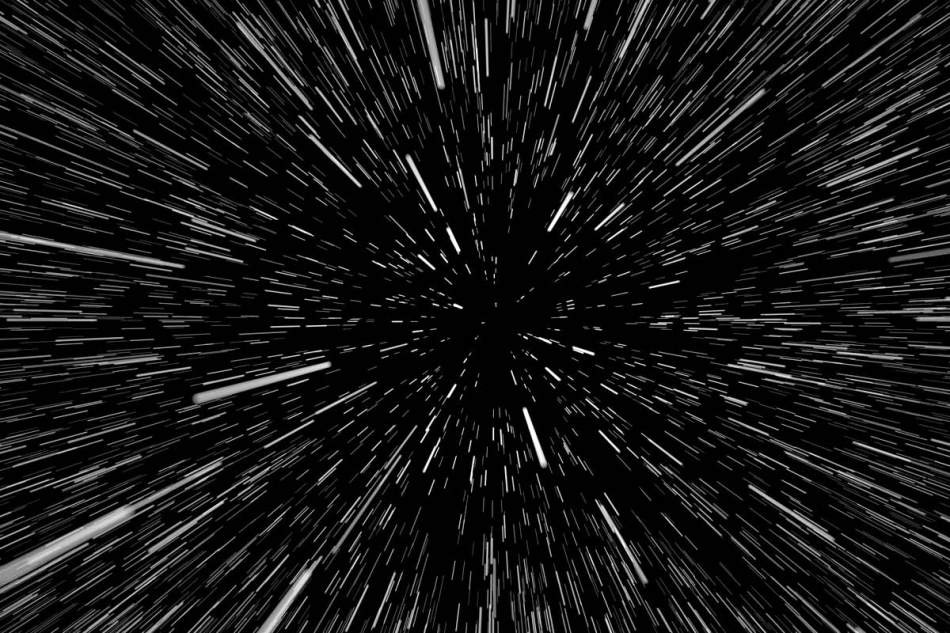Nov 10 2017
Stanford scientists will lead a new national cooperative effort, the LIGO Scientific Collaboration Center for Coatings Research, to improve detection of gravitational waves at the twin LIGO facilities.
 Stanford is leading an effort to improve facilities that capture galaxy-shaking events like the recently revealed collision of two neutron stars. (Credit: ikonacolor / Getty Images)
Stanford is leading an effort to improve facilities that capture galaxy-shaking events like the recently revealed collision of two neutron stars. (Credit: ikonacolor / Getty Images)
LIGO, the Laser Interferometer Gravitational-wave Observatory, has a problem of scale: galaxy-shaking events like the recently revealed collision of two neutron stars happened so far away that the echoes took 130 million years to travel to our planet. A collision of black holes detected in 2015 was even farther, 1.3 billion light years away.
By the time the effects of these massive events reach Earth, they are tiny enough that they can only be detected using the most sensitive equipment scientists could devise. Changes in distance (as detected over the sprawling four-kilometer arms of LIGO) caused by gravitational waves, said Stanford researcher Riccardo Bassiri, are “a thousand times smaller than the size of an atomic nucleus.”
Any “noise” or molecular disarray introduced by the mirrors can completely obscure the faint signals from distant gravitational wave sources.
“It’s quite amazing, this four-kilometer, massive piece of machinery – and the coatings on the mirrors play this key role in how many gravitational-wave events we can observe,” Bassiri said. In the end, the sensitivity of LIGO’s massive interferometers is limited by atomic-scale vibrations of molecules in the mirrors that reflect the facilities’ powerful lasers. These vibrations are known collectively as Brownian thermal noise. According to Bassiri, it will be the dominant noise source limiting LIGO’s sensitivity, and a major challenge to future generations of the facilities.
The goal of the new center, comprising 10 US institutions and led at Stanford by Martin Fejer, professor of applied physics, will be to improve LIGO’s sensitivity with better coatings for its interferometers. Researchers hope to have new materials ready in time for the next update to the LIGO facilities in as soon as three years. If they are successful and halve the amount of thermal noise from the mirror coatings, they could expand the volume of the universe that LIGO can observe eight times over current capabilities.
The coatings in question are comprised of multiple layers no larger than a few hundreds of nanometers in thickness each – hundreds of times thinner than a human hair. In the past, researchers have followed an iterative process, creating a new coating and then testing it, hoping to improve on previous versions.
Through the new center, Stanford will be leading researchers and facilities across the country in what they hope will be a more targeted approach. For example, working with collaborators at the SLAC National Accelerator Laboratory’s Stanford Synchrotron Radiation Lightsource, scientists can inspect newly devised mirror coatings at an atomic level.
With this critical mass of funding and participation, “rather than following this trial-and-error Edisonian approach, we can come to a materials-by-design process,” Bassiri said. “Ultimately, the reward of developing better coatings for LIGO will be to further enable exploration of the universe through gravitational wave astronomy.”
The Center for Coatings Research is funded by the Gordon and Betty Moore Foundation and the National Science Foundation.
The nine other US institutions that form the CCR are: American University; California State University, Los Angeles; California State University, Fullerton; Colorado State University; Hobart and William Smith Colleges; Syracuse University; University of California, Berkeley; University of Florida; and Whitman College.